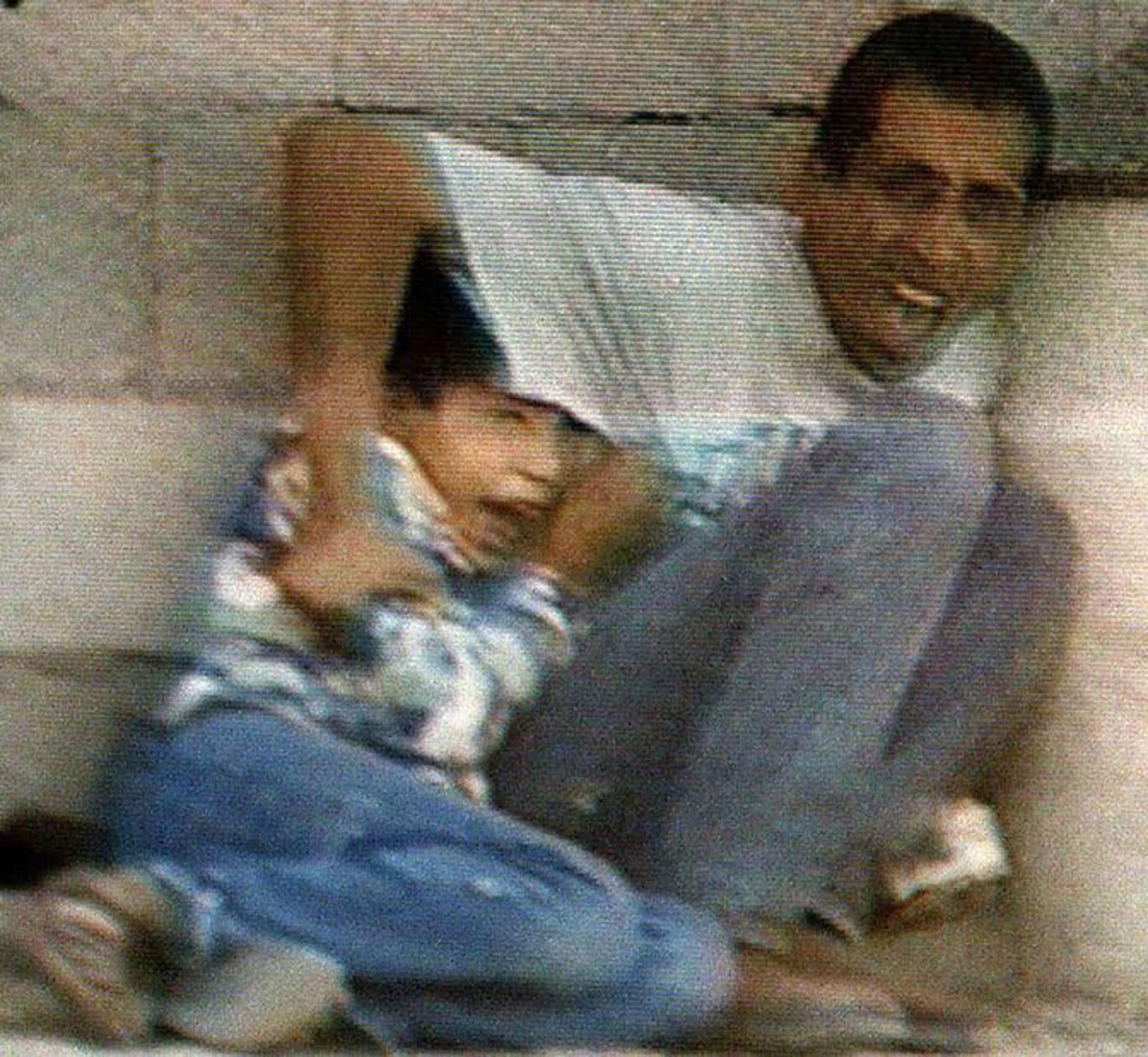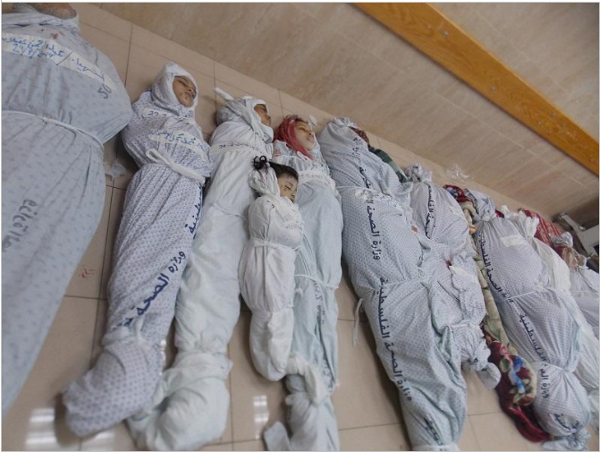Category: Gaza
-
The fog of war: remembering Muhammad al-Durrah
30th September 2015 | International Solidarity Movement, Al-Khalil team | Gaza, occupied Palestine Chaos in the streets of Gaza. Israeli forces showered the strip with gunfire while Palestinian medics ran frantically to evacuate those crumpled on the ground with blood rushing from holes in their bodies before racing for cover themselves. Running from the violent,…
-
In Gaza no figures can express the sorrow
26th September 2015 | International Solidarity Movement, Gaza Team | Gaza Strip, Occupied Palestine If there is any reason for our existence, at least it should be our capacity to inform about a story while it is happening, in a way that nobody can say: “We did not know, nobody had told us anything” Robert…
-
Gaza, a constant slaughter: Testimonies of a genocidal aggression
19th September 2015 | International Solidarity Movement, Gaza Team | Khuzaa, Gaza Strip, Occupied Palestine It only depends on us that this mother’s cry of pain does not drown in the silence. “My paralyzed daughter was murdered by Israeli soldiers and I couldn’t save her” she told us, looking at us with clear eyes veiled with…



